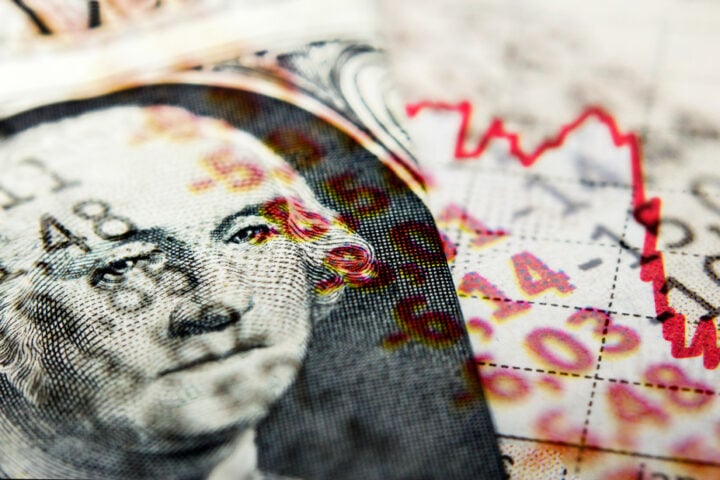Stocks took a beating while bonds surged as concerns over US consumer confidence shook the financial markets. The selloff marks the worst four-day streak since early September, driven by fears about the health of the world’s largest economy. The tech-heavy Nasdaq 100 dropped 5%, pushing megacap stocks into correction territory. Meanwhile, Treasuries rallied, with 10-year yields falling to their lowest levels in 2025.
US Consumer Confidence Hits a Low Point
US consumer confidence saw its sharpest decline since August 2021, reflecting mounting concerns about inflation and a cooling labor market. Households and companies are growing wary of rising prices, prompting fears of reduced consumer spending. The Conference Board’s Consumer Confidence Index fell sharply, aligning with similar declines in the University of Michigan’s survey.
“The market still seems more worried about growth than inflation,” said Chris Verrone at Strategas. As inflation pressures intensify and economic uncertainty grows, money markets are now fully pricing in two quarter-point rate cuts from the Federal Reserve this year.
Stocks Plunge: Tech
The stock market suffered significant losses, with the S&P 500 dropping 0.8% and breaching its 100-day moving average. The Nasdaq 100 slid 1.4%, while the Dow Jones Industrial Average wavered. A gauge of the “Magnificent Seven” megacaps, including tech giants like Apple, Nvidia, and Microsoft, fell 2.6%, plunging into correction territory.
Nvidia Corp. declined 2.5% just before its earnings report, contributing to the overall tech slump.
Bonds Rally as Investors Seek Safety
As stocks tumbled, bonds saw renewed demand. The yield on 10-year Treasuries fell 10 basis points to 4.3%, continuing a rally that began earlier this month. The dollar slipped 0.1%, while the yen surged to a four-month high amid risk-off sentiment and expectations of more rate hikes from the Bank of Japan.
Wall Street’s fear gauge, the VIX index, spiked to its highest level in 2025, reflecting heightened market volatility. Investor caution is growing, fueled by fears of economic slowdown and uncertainty surrounding US trade policies.
Inflation Expectations and the Fed’s Next Move
Inflation expectations rose to their highest levels since May 2023, putting pressure on the Federal Reserve to maintain its current interest rate stance. Fed Chair Jerome Powell has indicated that rates will remain steady until there is clear progress on inflation.
“Investors should keep an eye on this week’s PCE report. Not only is it the Fed’s preferred inflation gauge, but it will give another clue as to how consumers are feeling about their purchasing power,” said Bret Kenwell at eToro. A lower-than-expected reading could provide relief to both consumers and investors.
Trend Followers and Market Sentiment
According to Goldman Sachs, trend-following funds (CTAs) are likely to be net sellers of the S&P 500 regardless of market direction this week. The group is estimated to hold nearly $158 billion in global equities, but continued weakness could lead to a selloff of up to $193 billion worldwide.
Seven of the largest companies that drove the S&P 500’s gains in recent years are now in correction territory, collectively losing approximately $1.4 trillion in market value. This has raised investor skepticism about further gains in US equities, especially as European and Chinese markets outperform.
Caution Ahead Amid Economic Uncertainty
The latest selloff underscores growing economic anxiety as US consumer confidence falters and inflation concerns persist. With the Federal Reserve closely watching inflation metrics and market volatility on the rise, investors remain on edge. The coming weeks will be critical in determining whether this is a temporary market correction or the beginning of a more prolonged downturn.







